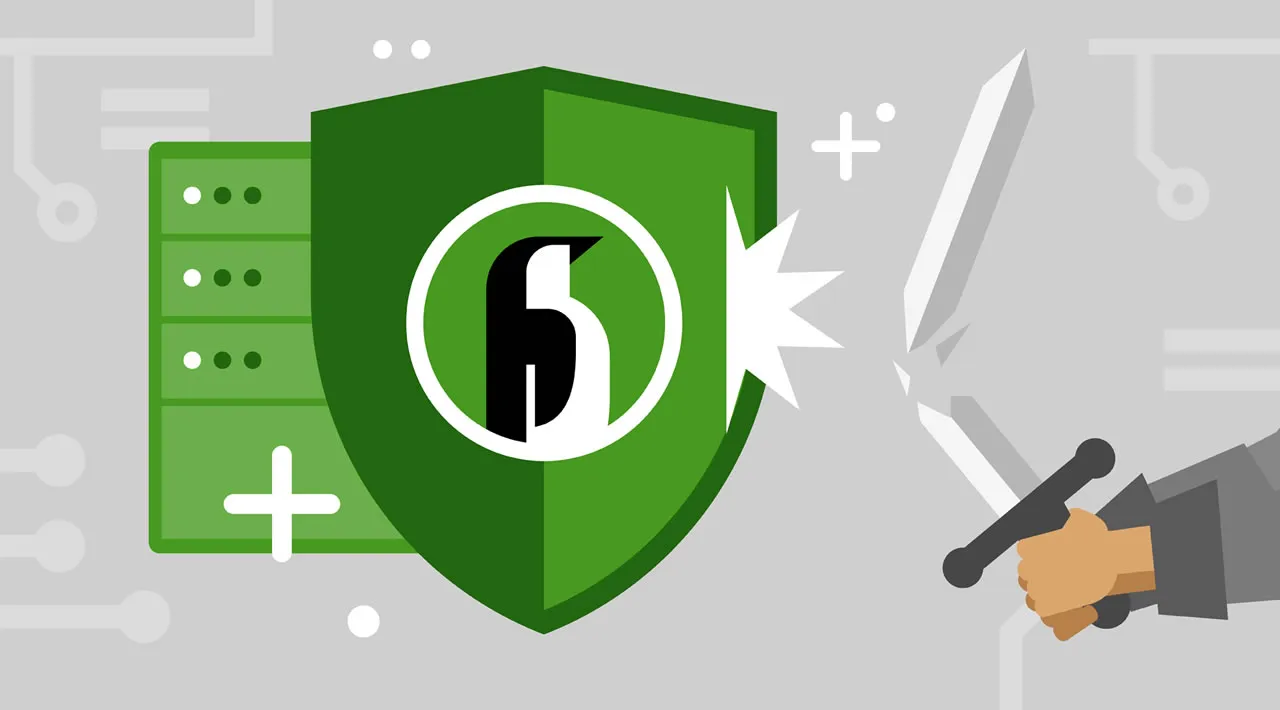This article includes a collection of commands and best practices that you can use to improve the security of your Linux servers (RHEL/CentOS). If you have more suggestions, please mention them in the comments. Enjoy the read!
- Remove insecure tools (FTP, telnet, rlogin, rsh, etc.) and use only secure alternatives (SCP, SSH, sftp, rsync, etc.)
- Enable firewall/Iptables
- Disable unwanted services and daemons
- Audit installed packages and remove unwanted ones regularly
- Audit listening network ports and block unwanted ones regularly
- Audit user accounts and disable the unwanted ones regularly
- Enable SELinux
- Turn off IPv6
- Make /boot directory a read-only
- Disable ICMP broadcast requests and harden /etc/sysctl.conf
- Strengthen password policy
- Monitor suspicious user activities
- Disable root login and password authentication for SSH
- Disable shutdown/restart on three-finger salute (Ctrl+Alt +Del)
- Remove desktops
- Fix permissions on world-writable files and no-owner files
- Remove unwanted files/scripts/directories regularly and keep the server clean
- Keep servers up to date
- Collect Syslog regularly
- Set up periodic backups and secure offsite mount points for important files/directories
- Configure intrusion prevention tools at the network level
- Perform security audits regularly
- Improve physical security
#programming #linux #security

3.25 GEEK